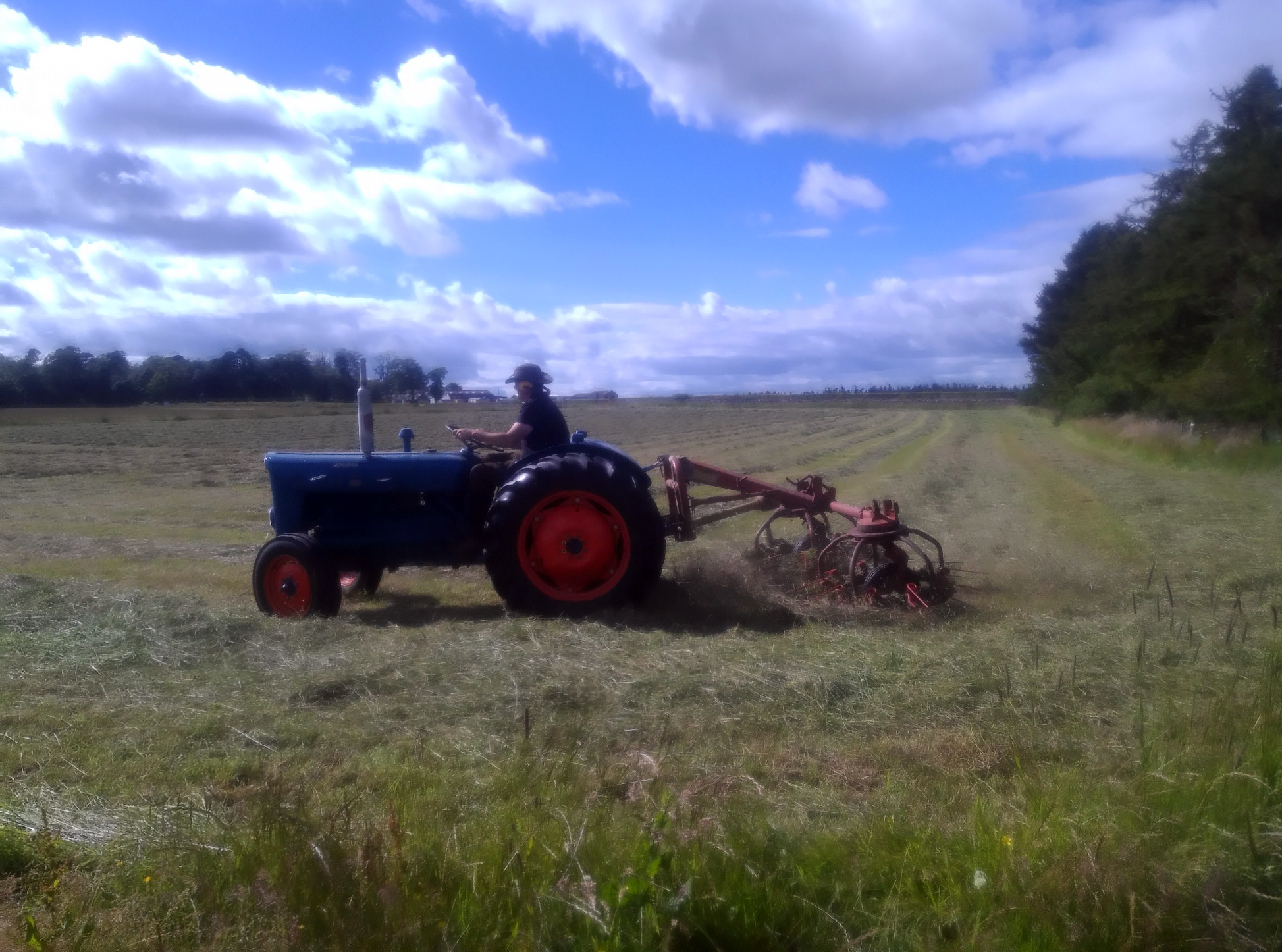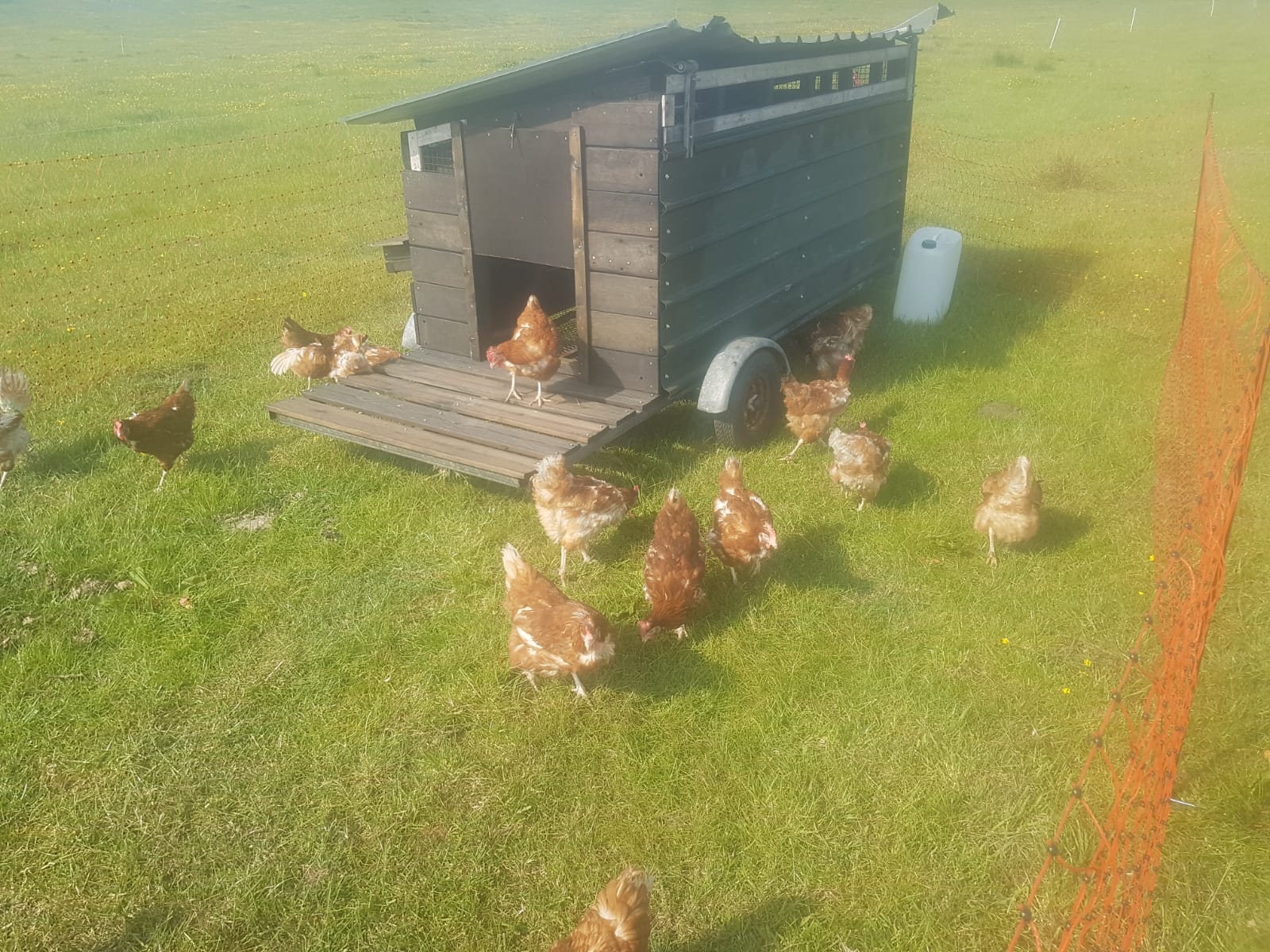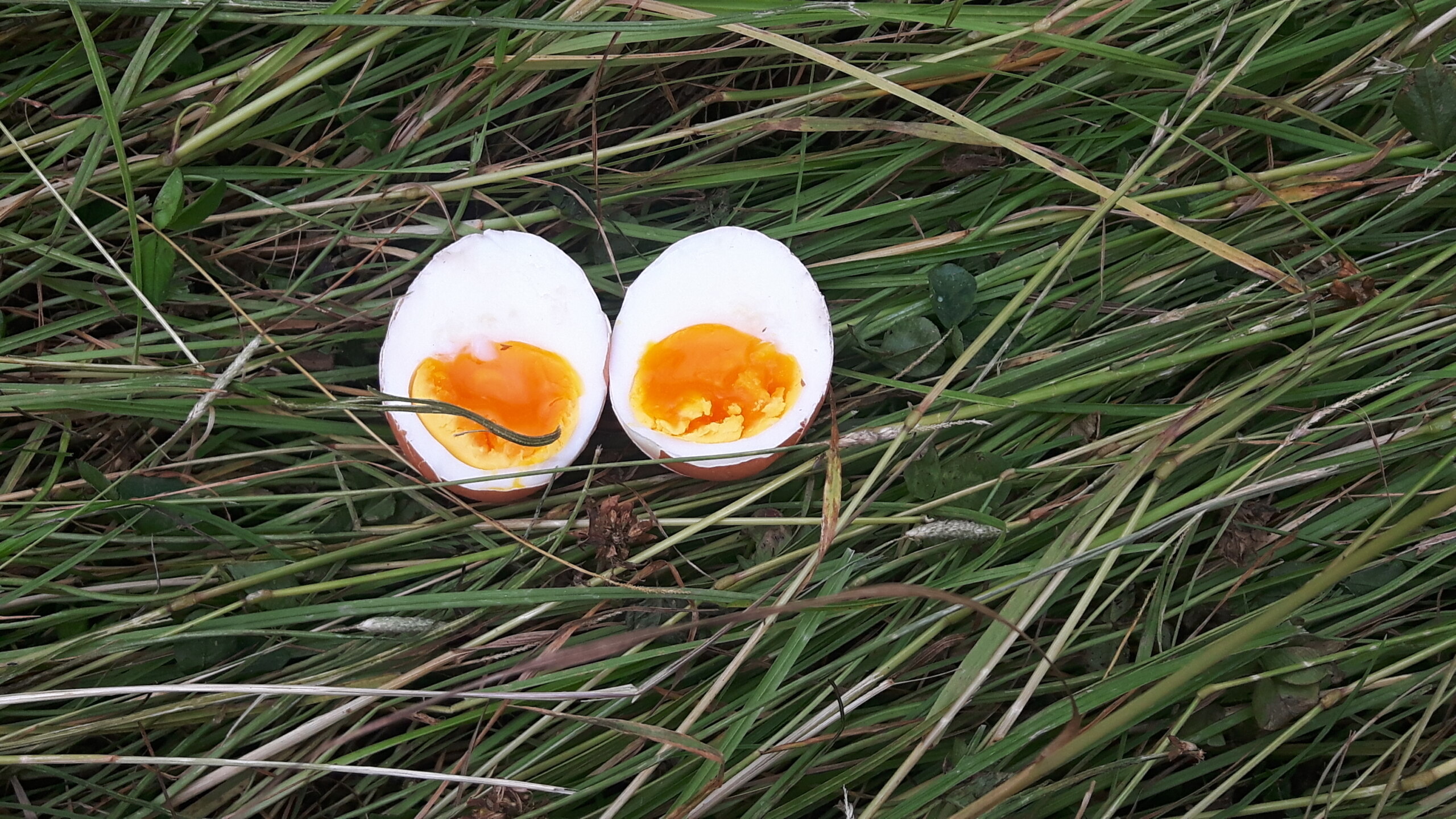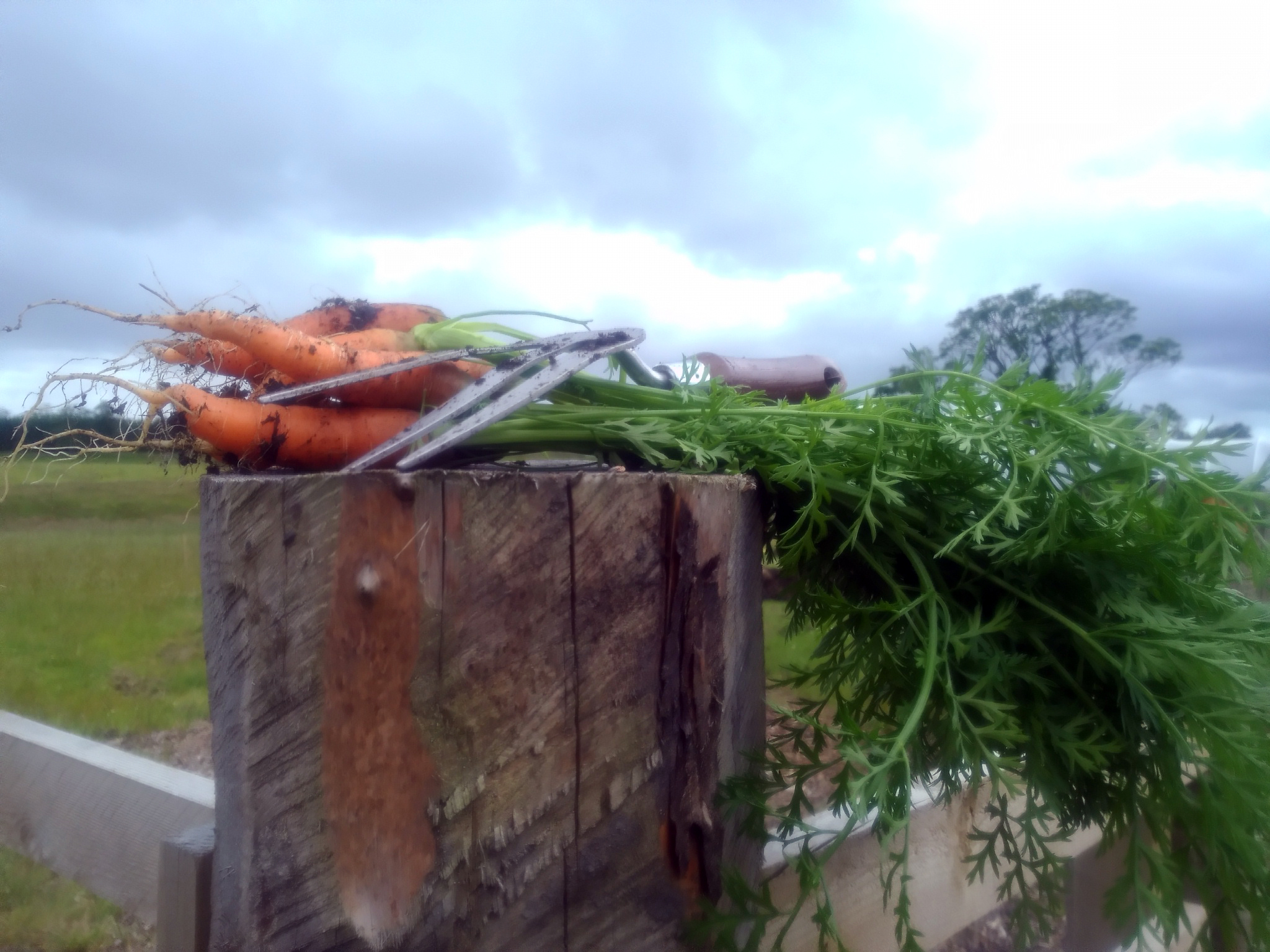Progress at Locharber Farm
By Katherine Riach
At the end of the first chapter of our story, which featured in issue 97, Nov/Dec 2019, we had taken you from the initial set up of Lochaber Farm, from a collection of incongruous fields to the point at which we had created a usable yard area, erected two farm sheds, installed a composting toilet, and had spent time setting up water pipes and troughs to easily allow for a rotational grazing system for our small herd of cattle. Within the sheds we had built a workshop and a bakery to host our first sourdough baking class.
It’s now the middle of the Summer 2020 season for us here at Lochaber Farm, after what has been the most unusual of springs. The lockdown restrictions have given us many hours of uninterrupted time here, which has allowed us to move forward significantly in our goals for the farm.
The roadside fields of grass have been an ever-changing backdrop for our work, softening the landscape, providing a barometric gauge of the changing weather and seasons. By mid- July the swathes of grass had been harvested, a portion gathered up into golden round bales of haylage – these will keep our small herd of cattle satisfied throughout the winter months. In keeping with our quest to farm the land in a more traditional way, we also dedicated a portion of our crop to making some small square bales of hay using a vintage tractor and baler – this process was most definitely not without a hitch! It consumed an inordinate amount of time over a week, but brought us all together as a team. Making hay is a very intensive process – any dry weather windows have to be leapt upon. Once the process has started, the grass must be dried, baled, then stored away without getting damp. There is still good demand for these small square bales, so we hope the effort invested into making them will allow us to sell them, to go towards the cost of making our haylage bales.
This year, as with last, we plan to winter our cattle outside, as well as all year. Partly, because it means that our stored winter feed will be bolstered by the available grass, but also because we feel it is actually better for their health, with less risk of the winter bugs that often harbour in cattle that are in close proximity under cover. To help us achieve this, we have made, what is for us, quite a radical change to the cattle herd, selling on the portion of the herd that doesn’t winter well outside, with the aim of increasing our herd with cattle from more native hardy breeds, come next spring. As I write, the very first orders for our own organically-raised, pasture-fed 5kg and 10kg beef boxes are being collected from the farm.
When we left you last time Lochaber Farm kitchen garden was a blank plot within one of the grass fields. In just under a year we now have a designated kitchen garden comprising hand-built raised beds from which we have been exuberantly harvesting a bounty of courgettes, carrots, mangetouts, and potatoes. In addition, our first harvest of onions and garlic is slowly drying in a warm window of the main shed – these will be a treat to use during the winter months, and like the haylage, will be a sweet reminder of the long light days of summer.
The erection of a secondhand polytunnel, which we had scooped up many months before and stored flat packed behind the cattle shed, at the end of spring allowed us to grow our first crops of tomatoes and cucumbers, as well as providing a useful propagation space – I am certain this will continue to be of huge benefit during the colder months to come. The initial aims for the kitchen garden were to provide some produce to be incorporated into new recipes, fill our own store cupboards, and give us the chance to plan how to make best use of the space in the coming years. We also had the idea of running gardening workshops, demonstrating what could be done with even a small growing area; whilst the lockdown restrictions prevented this, we hope to reinstate it next year, alongside our schedule of sourdough baking classes.
One of the really positive outcomes of lockdown has been an increased interest in local food and produce. Whilst we have been sharing the joy of harvesting our own vegetables in the garden, we have realised that there is an appetite for people to be able to take away our produce. With this in mind, we made the decision to create a new market garden in the space between our kitchen garden and polytunnel. Here, we have planted squash, sweetcorn, parsnips, and a selection of brassicas. Whilst the kitchen garden makes use of raised beds, in this new area, we have employed a no-dig system for simplicity, but also as a comparison to the raised beds. We hope to have bountiful harvests from this garden, enough to share with those already coming to the Farm for our fresh bread and eggs.
At the end of March we re-homed a small flock of hens, allowing us to offer an increased supply of different produce, also to have the various aspects of our farming practices to work in harmony with each other. The chickens are housed in a mobile chicken coup made from bits of scrap we had available at the Farm – an old boat trailer making the base of their home. Two important features of the coop are that it is mobile, and also that the floor is made of mesh. Our aim was to be able to move the chickens to where the cows had most recently grazed, allowing them to forage for bugs and insects in the land recently fertilised by the cows, and also to spread their own droppings on the grass. We suspect and hope that this synergy of natural fertilisers will improve the quality of our grazing land in an organic way.
If you would like to find out more about our sourdough bread, free range eggs, or beef boxes, or if you are interested in our sourdough baking classes, please get in touch: hello@lochaberfarm.com or follow us on: facebook/instagram.





